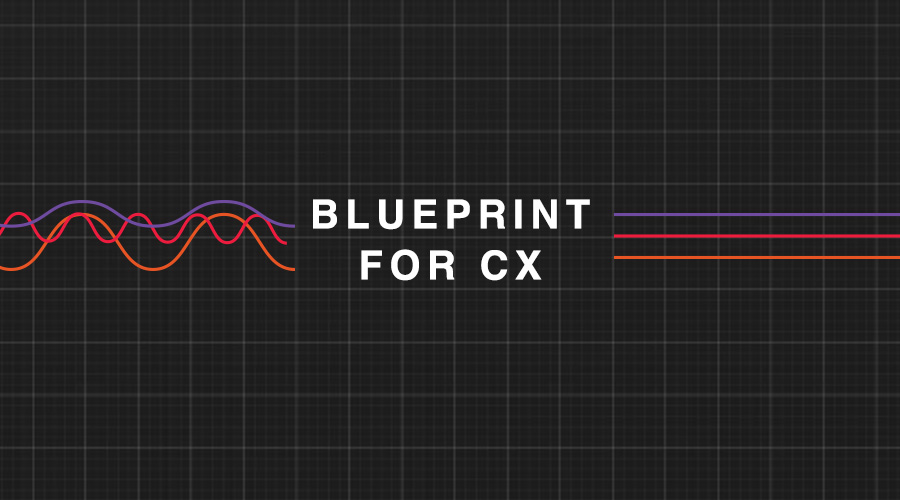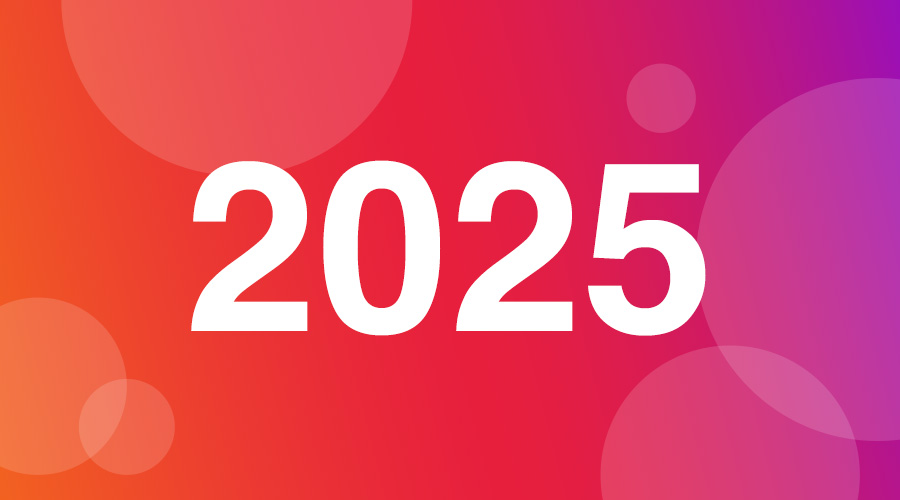Customer experience (CX) isn’t just a buzzword. It’s a business imperative.
Customer Experience (CX) is the sum of every interaction a customer has with your brand — across channels, departments, platforms and time. It encompasses not only what your customers do, but how they feel about it. When done right, CX is the connective tissue that ties your marketing, sales and service functions together in a seamless, human-centric way.
At Simantel, we’ve been helping brands prioritize CX for years — long before it became an industry buzzword.
Beyond Funnels: Mapping Horizontal and Vertical Journeys
Think of your customer’s experience as a journey — but not just one path.
The horizontal journey spans across your buyer’s entire relationship with your brand. It’s their lived experience: how they research, buy, use, troubleshoot and talk about your product or service. It includes every single touchpoint — even the ones you don’t directly control.
The vertical journey, on the other hand, is what most marketers manage: media engagement, website flows, lead nurture emails, CRM paths and retargeting. These vertical journeys are structured like funnels — designed to drive action and conversion.
Real transformation happens where these journeys intersect.
But in many B2B organizations, CX efforts are disjointed, reactive or stuck in a cycle of short-term tactics. Why? Because the real work of CX starts behind the scenes and looks far beyond the quick win. It’s not about flashy tools or the latest tech (though that can’t be ignored either), it’s about internal clarity, alignment and shared purpose. Too often, that’s undermined by inconsistent messaging across platforms or audiences, and fragmented customer journeys that feel disconnected.
Let’s explore how organizations can lay the groundwork for better B2B CX by getting everyone on the same page, building strategically and evolving with intention.
Why CX Success Depends on Shared Internal Vision
No matter the industry, delivering exceptional CX starts inside the organization. Before jumping into journey maps, digital tools or personalization, companies need internal alignment. This includes shared business goals, leadership buy-in and resource mapping to enable omnichannel thinking and cross-functional priorities. Treating CX as a tactical, marketing-owned initiative limits its impact. It’s a strategic function that should guide how the business shows up for customers.
Without internal alignment:
-
- Personalization feels impersonal
- Tools go underused or misused
- Content lacks context and relevance
- Customers suffer disjointed and maligned experiences
Modern B2B buyers expect more: not just information, but ease, value and consistency. Marketers must move beyond execution and become facilitators of the CX vision. They play a key role in connecting leadership strategy to real customer needs. Better B2B experiences start with better alignment.
The Three Phases of CX Maturity
Once you’ve secured internal alignment around a shared CX vision, the next challenge is turning that alignment into action. That’s where a clear, practical framework can help. CX transformation starts by asking the right questions: Who are your audiences? What data do you have? What do they actually expect from you? What resources do you have at your disposal that can impact those expectations?
To guide this discovery and support long-term planning, we use a three-phase CX maturity model. Think of it like building a house. You can’t install the roof before laying the foundation. The same principle applies to CX maturity: each phase builds on the last to create a stronger, more connected experience.
Here’s how the model breaks down:
- Phase I: Laying the Foundation
- This is about defining the blueprint: your goals, resources and stakeholders. At this stage:
- Schedule alignment sessions across leadership, SMEs and marketing.
- Focus on shared understanding of business outcomes.
- Identify priorities and acknowledge knowledge gaps.
- This is about defining the blueprint: your goals, resources and stakeholders. At this stage:
- Phase II: Framing the Solution
- Now it’s time to give shape to the vision. With buy-in secured, marketers can:
- Map prioritized audiences and key journeys.
- Translate strategy into clear CX artifacts (e.g., journey maps, personas).
- Create clarity around roles, channels and messages.
- Now it’s time to give shape to the vision. With buy-in secured, marketers can:
- Phase III: Building the Experience
- Once the groundwork is set, organizations can tackle advanced CX efforts like:
- Personalization: If/then logic based on real customer behavior and data.
- Omni-channel orchestration: Coordinating across touchpoints (email, web, SMS, in-person, supply chain, etc.).
- Predictive and prescriptive analytics: Using AI and data to anticipate customer needs and optimize in real time.
- Once the groundwork is set, organizations can tackle advanced CX efforts like:
While the model appears linear, CX work rarely is. You’ll move back and forth between phases as your business evolves and that’s expected. What matters is using this framework to foster consistent alignment and guide planning across teams and timelines.
Related Content: Analytics Maturity Roadmap: A Guide to Better Marketing Reporting
From Fragmented to Future-Ready
CX transformation isn’t about getting everything perfect, it’s about making progress with purpose. No matter the industry, brands can evolve from scattered efforts to connected, future-ready experiences by focusing on clarity and momentum and embedding CX thinking into everyday activity.
That means:
-
- Unifying around shared goals
- Prioritizing what matters most to your audiences
- Taking one thoughtful step at a time
- Reviewing and holding retrospectives relentlessly
When teams align and move forward together, even small changes can have a big impact. The goal isn’t flawless execution; it’s consistent evolution toward a better experience.
Ready to Align Around CX?
Improving CX doesn’t require a total overhaul. It starts with alignment, intention and a clear path forward. By focusing on internal clarity and moving through the phases of CX maturity, any brand can shift from fragmented efforts to meaningful, future-ready experiences.
Wherever you are on your journey, we can help you bring teams together, define priorities and build a CX strategy that drives results.
Let’s connect and start aligning your CX efforts.




